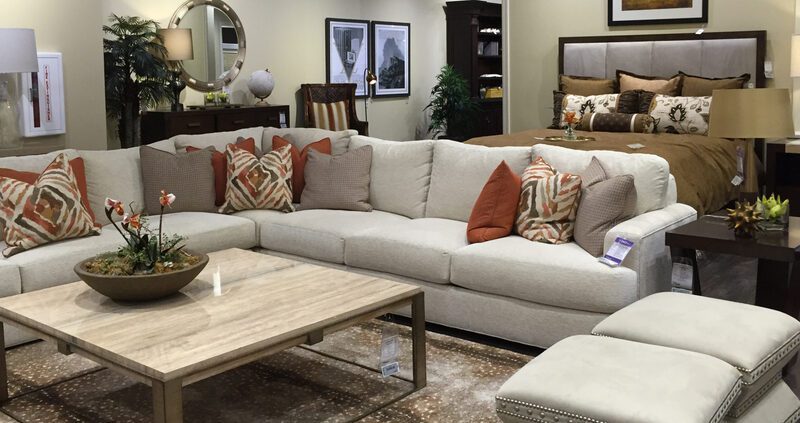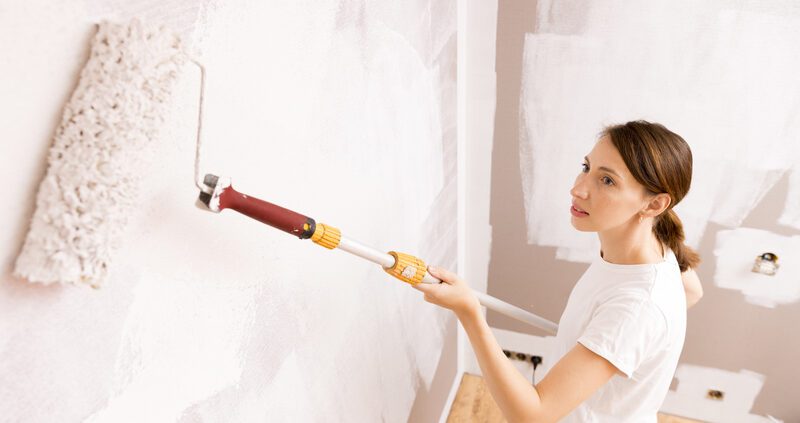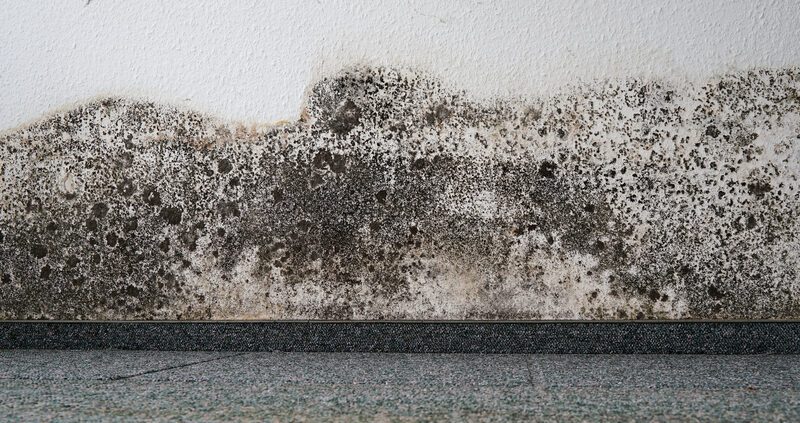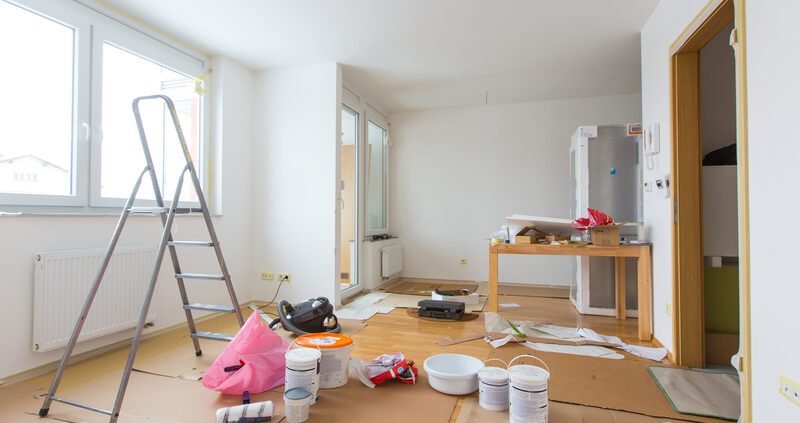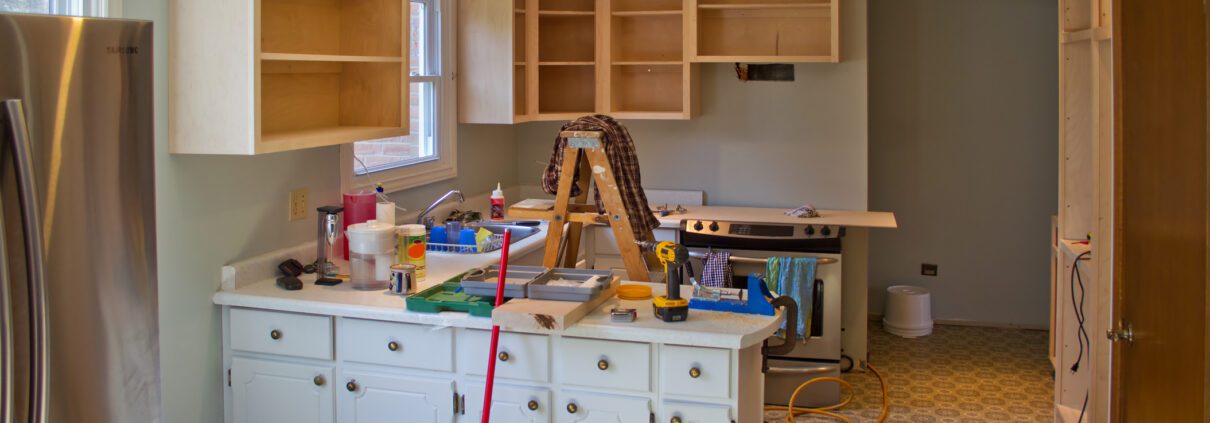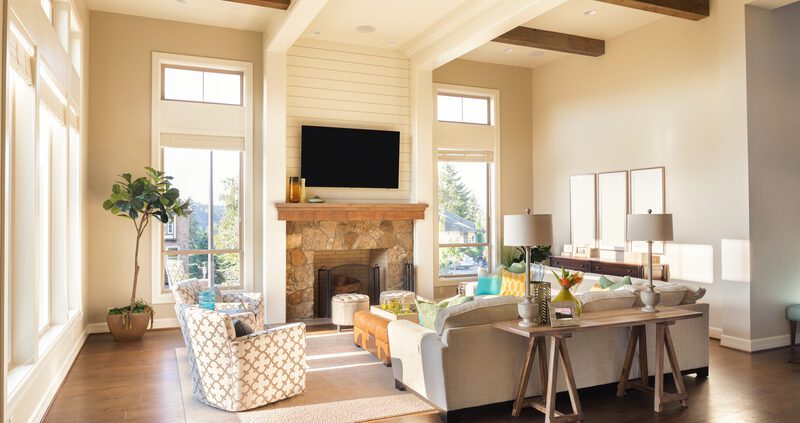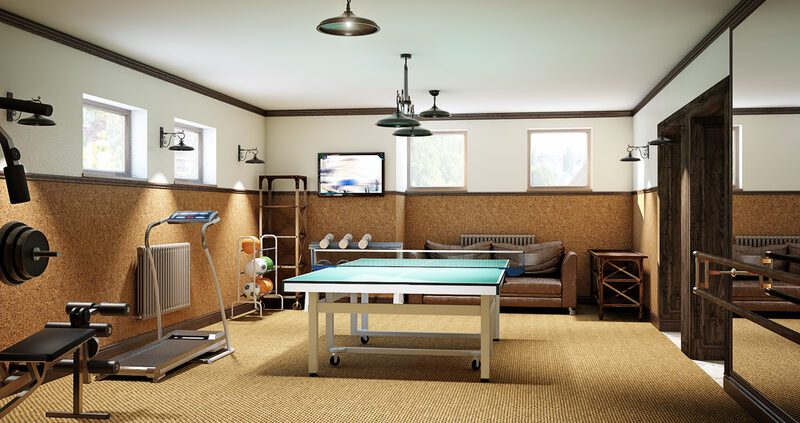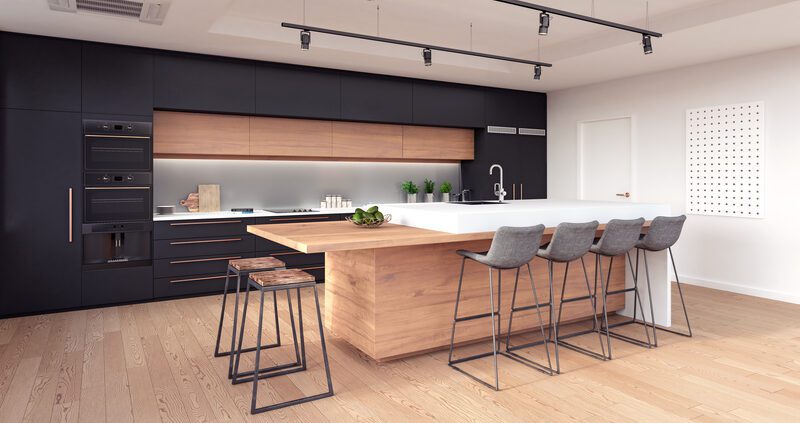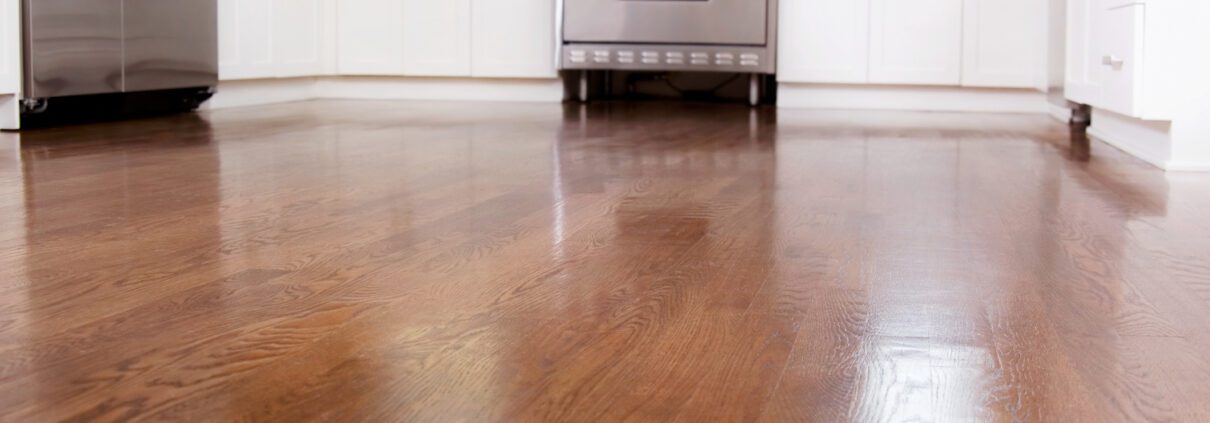What You Need to Think About Before Buying a Vacation Home
Are you looking to invest in real estate and make great memories with your family at a vacation home? Purchasing a vacation house can be thrilling, yet it is essential that you go into this investment fully aware. We’ll look at important considerations to make before acquiring a holiday residence for an informed decision catered to your specific circumstances.
Maintenance
Maintenance costs for a vacation home can be significant. Regular maintenance should be performed to ensure the home stays in good condition and remains safe for you and your family. Consider what kind of maintenance is needed on an annual basis such as checking the roof, trimming trees, mowing lawns, and keeping up with landscaping and pest control services.
You will also want to think about how often you’ll need to replace things like windows or siding, or if there are any major repairs that might come up over time. Setting aside money for renovating or updating parts of your home may also need to be taken into consideration before buying a vacation home. Knowing ahead of time what expenses you’re likely to face will help you adjust your budget accordingly so that it covers all potential costs associated with owning a second property.
Security
When considering buying a vacation home, it’s important to think about security. Vacant homes are often targeted by thieves and vandals, especially if they are located in remote areas or left unoccupied for long periods. Installing a security system is a good way to protect your investment and give yourself peace of mind. The security of your vacation home is crucial to your enjoyment of it. Don’t let the fear of vandalism or theft ruin your vacation. Vacant homes are more likely to be targets of vandalism. By taking the necessary precautions, you can relax and enjoy your time away from home.
Costs
Owning a vacation home comes with a lot of excitement and anticipation, but it is crucial to understand the costs involved in maintaining and managing such a property. One significant cost is the initial purchase price, which varies greatly depending on the location, size, and amenities of the property. This cost can range from a few hundred thousand dollars to millions of dollars for high-end luxury homes. A vacation home requires regular upkeep, such as cleaning, landscaping, repairs, and upgrades. These costs can add up quickly and significantly impact the overall investment in the property. It is crucial to have a realistic budget in place to manage these expenses and ensure that the property is well-maintained over time.
Buying a vacation home is an exciting prospect, but it’s important to consider several factors before making the purchase. Location and budget are key components of finding the right property for you and your family, as well as understanding ongoing maintenance costs. With careful research and planning, investing in a vacation home could be one of the most rewarding decisions you ever make.
Did you enjoy reading this article? Here’s more to read. How to Make Your Home More Comfortable


